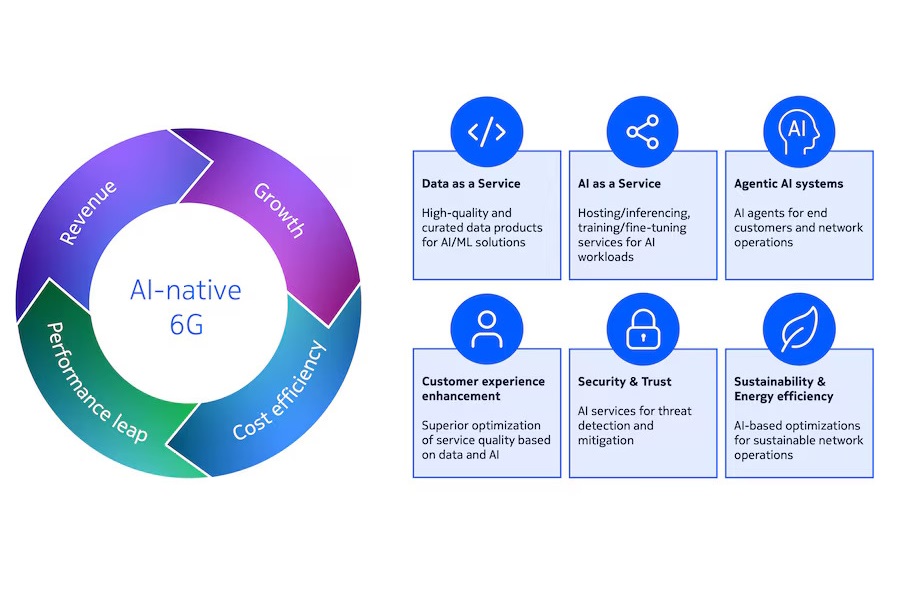The global communications landscape has entered a phase of volatility that would have been unthinkable a decade ago. What once appeared to be an invisible, resilient network-the cables beneath the ocean, the airwaves connecting cities, the systems stitching continents together-now reveals structural fragilities and governance gaps. In this shifting environment, the ability to regulate one’s immediate signal space is not merely a technical decision but a strategic one.
Signal jammers, when applied responsibly and within legal boundaries, increasingly serve as tools of autonomy in a world where communication can fail, be manipulated, or be weaponized.
1. Submarine Cables: A Hidden Infrastructure Exposed
Recent analyses of global submarine cable networks underscore a structural truth: the backbone of international connectivity is both indispensable and deeply vulnerable. A single cable rupture-whether caused by tectonic movement, maritime accidents, or targeted interference-can destabilize entire regions.
The significance lies not simply in lost bandwidth but in the cascading effects: rerouted traffic, strained redundancy systems, and fragile geopolitical balances. When such disruptions occur, the wider telecommunications environment becomes unpredictable. Irregular radio patterns, overburdened satellite links, and reactive emergency networks create a noise-filled ecosystem that complicates both security operations and personal privacy.
In such conditions, localized signal control becomes a stabilizing force. A high-grade jammer cannot restore global connectivity, but it can ensure that in moments of infrastructural turbulence, unauthorized transmissions, opportunistic tracking devices, or dormant surveillance tools do not exploit the chaos.
2. Communication Blackouts as Instruments of Power
The communication shutdown imposed during the protests in the Pakistan-administered Kashmir region represents a darker dimension of modern telecommunications: selective silence imposed from above. The blackout was more than a technical interruption-it altered information flows, disrupted public documentation, and created a vacuum where accountability struggled to survive.
This event illustrates a broader trend: communication access is increasingly a lever of authority. When networks can be disabled without due process, both civilians and institutions lose the ability to determine what signals enter or leave their immediate environments.
For journalists, humanitarian teams, corporate security units, or individuals operating in politically sensitive regions, defensive equipment becomes indispensable. Advanced signal jammers serve functions far from the cliché of “disrupting communication for disruption’s sake.” Instead, they help create controlled perimeters-neutral zones shielded against illicit trackers, proximity beacons, covert microphones, improvised drones, and other tools that flourish when public infrastructure is compromised.
3. Nokia’s Warning: AI Without Standards Invites Structural Risk
Nokia’s call for unified AI governance within global telecom networks highlights an emerging vulnerability of a more systemic kind. As AI systems optimize routing, allocate spectrum, and identify anomalous traffic, they increasingly shape the conditions of communication without transparent oversight.
But jurisdictions diverge sharply in their regulatory frameworks, leading to inconsistent protections and incompatible standards. Without alignment, three risks rise:
- Algorithmic unpredictability – differing AI policies mean differing interpretations of “threat,” “priority,” and “privilege.”
- Expanding attack surfaces – AI-dependent decisions can be probed, manipulated, or misdirected.
- Fragmented global trust – cross-border interoperability becomes a matter of political negotiation rather than engineering reliability.
These vulnerabilities do not remain abstract. They deepen the exposure of connected devices, widen surveillance opportunities, and introduce uncertainty into environments that depend on consistent signal behavior.
For professionals handling confidential material, or for institutions wary of algorithmically mediated networks, physical-layer countermeasures-such as multi-band, AI-resistant signal blockers-provide a final layer of certainty. They function independently of telecom policies, regulatory turbulence, or unpredictable AI decision-making.
4. The Strategic Role of Signal Jammers in an Era of Communication Uncertainty
Across these issues-the fragility of oceanic infrastructure, the political manipulation of access, and the absence of AI harmonization-a single theme emerges: the loss of predictable communication environments.
This loss reshapes the role of signal jammers. They are no longer niche devices associated with specialized operations; they have become instruments of controlled connectivity. Their value lies in three capabilities:
A. Signal Sovereignty
They grant users the ability to regulate their immediate electromagnetic space, shielding sensitive operations from external interference or surveillance.
B. Risk Containment
When public networks falter or become compromised, jammers help prevent opportunistic signal-based threats from exploiting the vacuum.
C. Privacy Preservation
In settings ranging from corporate research labs to diplomatic missions and private residences, controlling inbound and outbound signals is increasingly central to safeguarding intellectual property, personal safety, and strategic confidentiality.
The advanced systems available through thejammerblocker.com-covering cellular, WiFi 6/7, GPS, satellite channels, Bluetooth LE, and modern high-bandwidth protocols-are engineered for environments where precision, discretion, and reliability matter.
Conclusion: Autonomy in a Fragmented Communication World
The world is entering an era where communication cannot be taken for granted. The infrastructure beneath the oceans is fragile. Political actors can impose silence selectively. Artificial intelligence increasingly governs networks without global standards.
In such a world, the ability to shape one’s own signal environment becomes a form of autonomy. Signal jammers provide that autonomy: a controlled, deliberate barrier against surveillance, instability, and involuntary exposure.
As communication systems grow more complex and less predictable, the capacity to define one’s own electromagnetic boundaries may prove to be one of the most practical defenses of the modern age.

